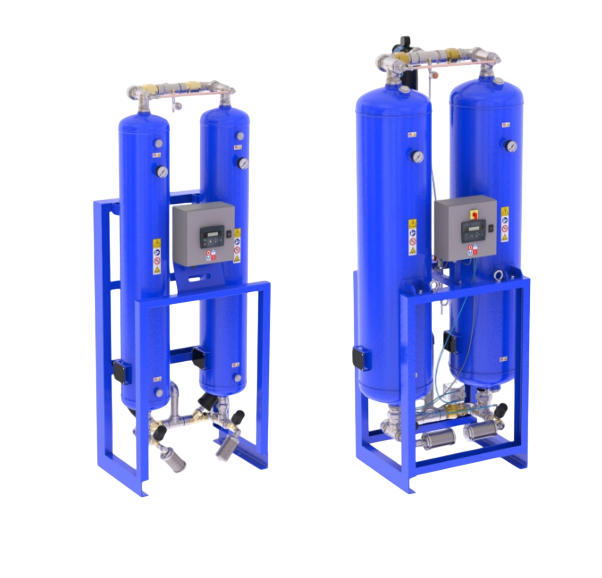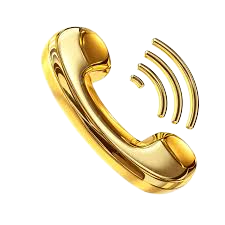TCO Analysis: When Should You Replace Your Chiller Instead of Repairing It?

The decision to repair or replace an old Chiller is one of the most important economic questions for manufacturing plants. This decision affects not only the initial investment cost but also the Total Cost of Ownership (TCO) and energy efficiency for years to come. This article will highlight key considerations to maximize profitability.
1. Operating Cost – The Decisive Factor in TCO
Over a Chiller's lifecycle, operating costs (primarily electricity costs) account for 70% - 85% of the total TCO. Although the initial repair cost may seem lower than replacement, an old Chiller will continue to consume electricity at low efficiency.
Factors increasing the operating cost of an old Chiller:
- Reduced EER/COP Index: After 10-15 years, the cooling efficiency of a Chiller can decrease by 10% - 30% compared to its original state.
- Outdated Refrigerants: Older machines often use less efficient or banned refrigerants (like R22), increasing refrigerant charging and repair costs.
- High Start/Stop Frequency: Older machines are less capable of flexible load modulation, leading to high power consumption during startups.
Comprehensive solutions:
- Calculate Annual Electricity Costs: Compare the actual electricity cost of the old machine with the projected electricity cost of a new Chiller (with higher EER/COP).
- Technology Evaluation: Prioritize newer Chiller lines using Centrifugal Compressors or Variable Speed Drive (VSD) Screw Compressors to optimize efficiency at partial load.
2. When to Replace Immediately? (Warning Thresholds)
There are three cost/technical thresholds that indicate continuing repairs is no longer economically viable:
Threshold 1: Accumulated Repair Costs Exceed the Limit
- If major repair costs incurred in the last 1-2 years exceed 50% of the machine's remaining value.
- If a single repair cost for core components (like the compressor) exceeds 20% of the replacement cost of a new Chiller with the same capacity.
Threshold 2: Excessive Downtime Frequency
TCO Note:
The cost of losses due to production downtime can be 5-10 times higher than the repair cost. If the Chiller causes downtime 3 or more times in a year, replacement is necessary to ensure business continuity.
Old equipment often operates less stably, causing production interruptions. A poor backup cooling system will not be able to compensate for the main machine's failures.
3. Comparative Criteria for Replacement Decision
Before making the final decision, compare the old Chiller and the new Chiller based on the following criteria:
Criterion A: Payback Period
- Calculate Savings: Determine the total annual electricity savings due to the EER/COP difference between the old machine and the new machine.
-
Simple Formula:
Payback Period (Years) = New Chiller Investment Cost - Salvage Value of Old Machine
Annual Electricity Savings + Annual Maintenance Cost Reduction
Criterion B: Lifespan and Component Risk
- Old Machine: Higher risk of failure, difficult to find replacement parts (especially after 15 years of age).
- New Machine: Long-term warranty, smart control technology, easy integration into the plant's BMS (Building Management System).
Conclusion
The repair decision should only be considered when the Chiller is less than 10 years old and the failure is not related to core components. In all other cases, especially when the old machine's electricity operating costs are high, investing in a modern Chiller replacement will bring long-term benefits in terms of TCO and ensure stable production quality.
To get the most accurate TCO analysis for your system, do not hesitate to contact the expert team at Quoc Thinh Industrial.

 VN
VN
 EN
EN





